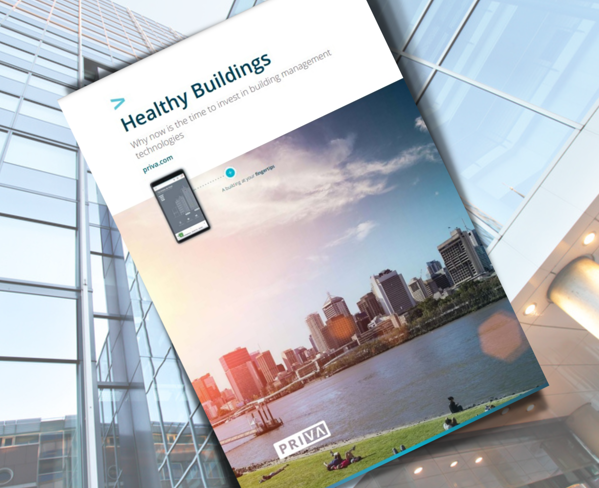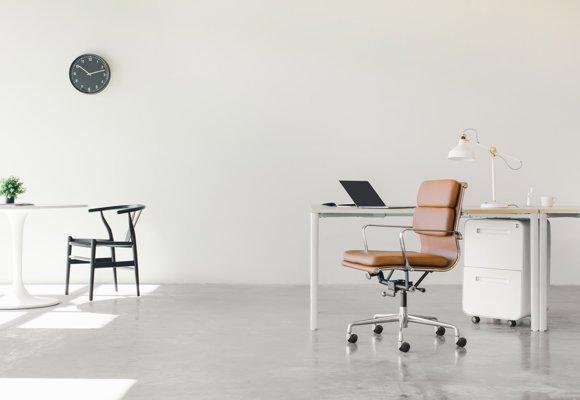The role of indoor air quality in the office
Indoor air quality (IAQ) in the workplace has garnered significant attention, especially in light of recent events such as the COVID-19 pandemic. While natural ventilation through windows, doors, or air vents is crucial, it alone is not sufficient to ensure optimal IAQ. Controlling office climate also has a key role to play in making healthy workplaces and offices.
An article published by Harvard University cited that high levels of air pollution can lead to decreased quality of life and increased risk of depression, as well as increased risks of anxiety. Transcending into the workplace, the University’s Global CogFX study showed that PM2.5 is associated with lower cognitive test performance. So, there’s also a business case to be made for good IAQ.
Indoor air quality legislation and guidance
In many places, there tends to be more guidance around indoor air quality than regulations. In the UK the only regulations tend to be in the workplace, where IAQ is related to the control of hazardous substances, and in schools, where classrooms are required to have 2.5 air changes an hour. Other guidance from the World Health Organization recommends reduced ambient air concentration levels for five notable pollutants: Carbon Monoxide, Sulfur Dioxide, Nitrogen Dioxide, Ozone, and PM10.
The British Standard Institute’s BS 40102-1 code of practice for non-domestic buildings explores the significance of measuring, monitoring, and improving indoor environmental quality (IEQ) factors, including air quality, light quality, thermal comfort, and acoustic quality. Released in April 2023, this code provides recommendations for evaluating and reporting on IEQ performance, enabling organisations to identify areas for improvement and create healthier indoor environments for building occupants.
Meanwhile in the US, the Centers for Disease Control and Prevention introduced ground-breaking guidance in 2023 aimed at improving indoor air quality amidst the challenges posed by COVID-19. For the first time, the CDC set a specific target of five air changes per Recognising indoor air quality as pivotal for health, the guidance outlines ventilation standards, enhanced filtration systems, and air circulation strategies tailored for diverse indoor settings.
Indoor air quality monitoring
Whether it’s a classroom, hotel room, or school, indoor air quality plays a vital role in contributing to wellbeing and cognitive function. That’s why monitoring aspects such as CO2, humidity, and ventilation in your building is absolutely vital. By using air measurement sensors such as Priva’s Touchpoint One, users monitor and control building climate based on CO2 concentration, as well as changing temperature and lighting settings. The result? More comfortable, productive spaces for people to thrive in.
How to improve indoor air quality?
With growing calls for a ‘revolution’ in indoor air quality, there has never been a better moment for employers to make it part of their workplace wellness strategies. Key technological advancements have made the monitoring and improvements and indoor air quality easier than ever, including Priva’s Blue ID C-line, a compact, innovative and affordable HVAC controller. Ideal for stores, schools, and smaller office buildings, Priva’s Blue ID helps improve both climate control and save energy at the same time.
Priva's Digital Services also build on improving indoor air quality and occupant experience with services such as Building Operator. This innovative cloud-based system empowers Building and Facilities Managers to create optimal workplace environments where comfort is prioritised. The system's flexibility allows for easy adjustments to individual comfort settings such as temperature and ventilation, ensuring a seamless experience for occupants.
As indoor air quality guidance becomes stricter, make sure your building is future proof and ready for the change. If you want to know more about how Priva can help, be sure to get in touch.























